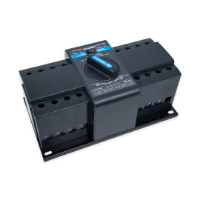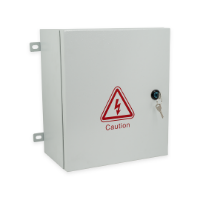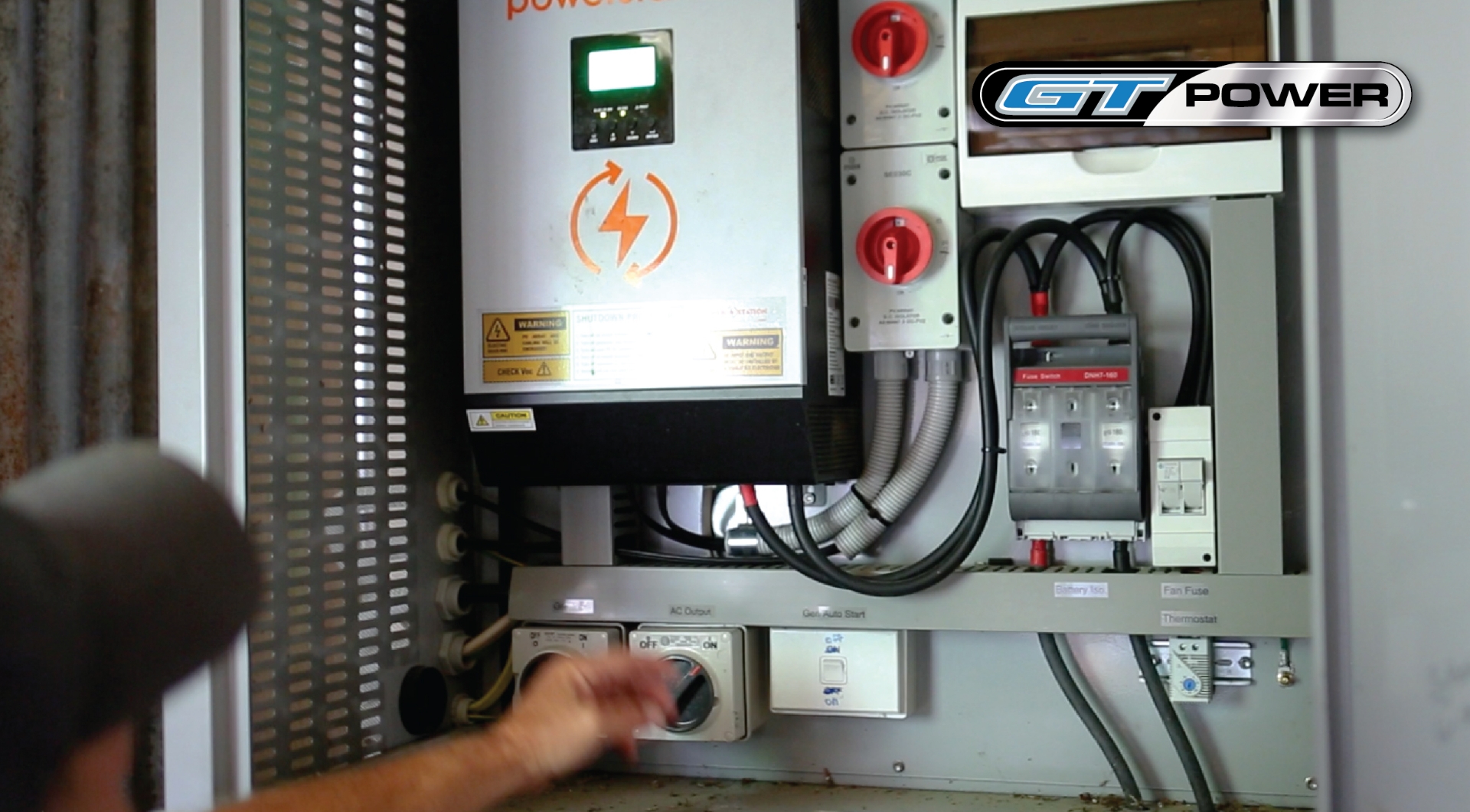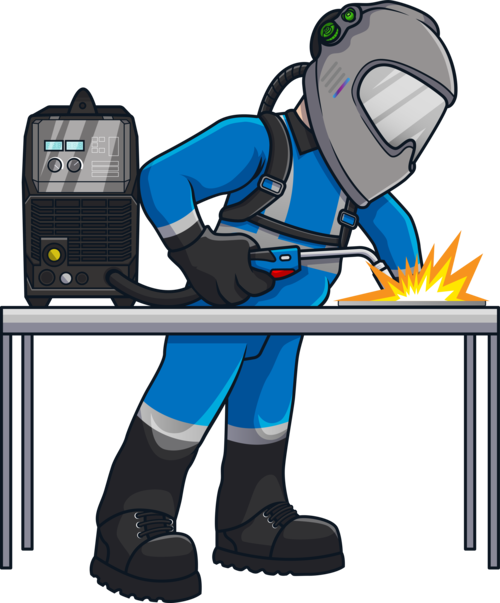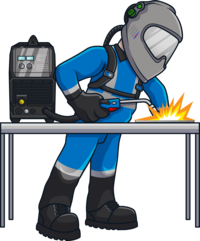Table of Contents
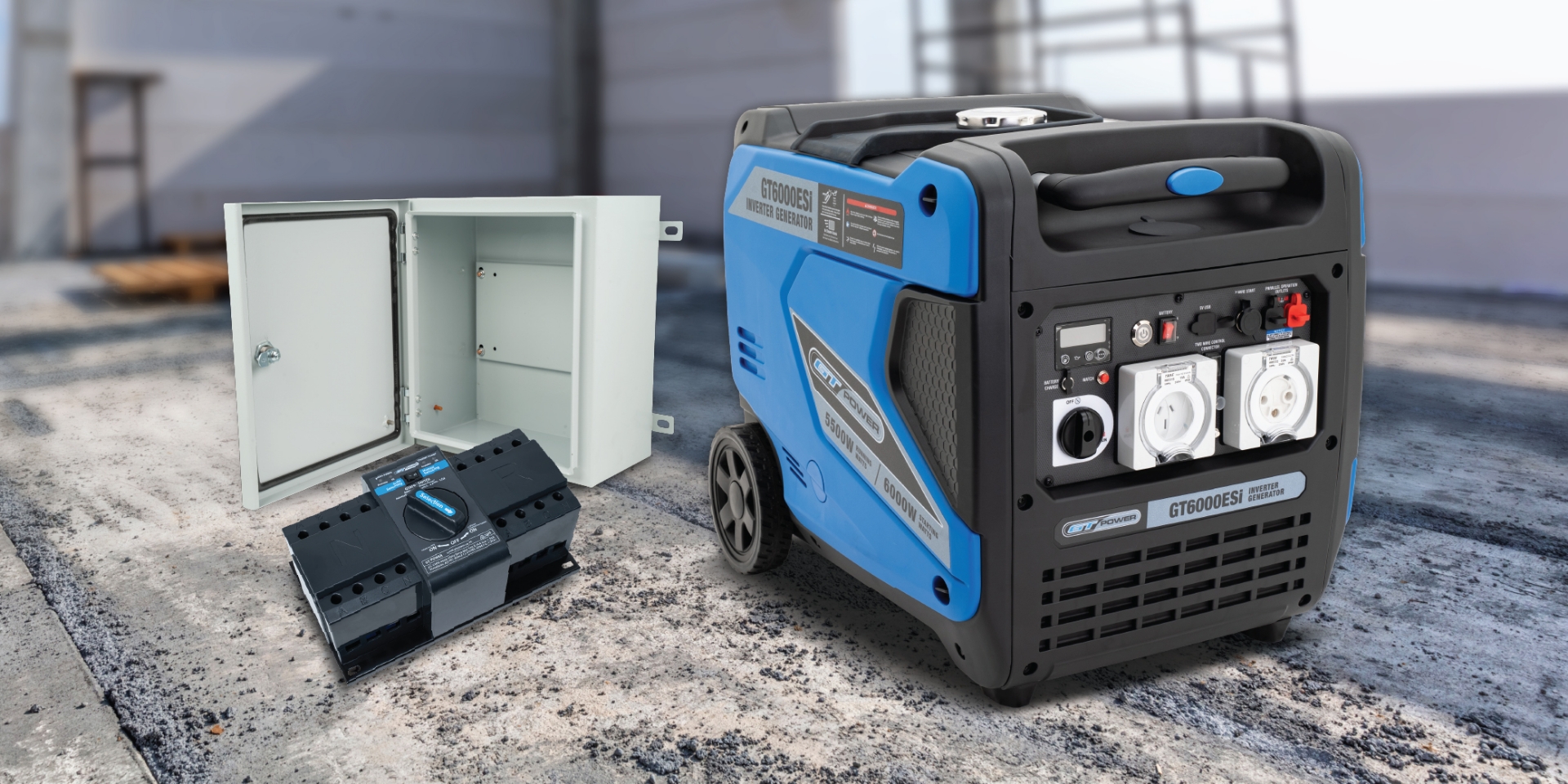
Uninterrupted power is crucial to maintaining operations for industrial businesses. In manufacturing plants, workshops, factories, or large-scale facilities, unexpected power failures can lead to costly downtime, equipment damage, production losses, and even safety hazards. An Automatic Transfer Switch (ATS) ensures seamless power continuity by automatically switching to a backup source when the primary power supply fails. This prevents costly interruptions, allowing industrial operations to continue running smoothly.
But how exactly does an ATS work, and why is it an essential investment for businesses that depend on a consistent power supply? This guide explores the functionality, types, benefits, and key considerations of ATS systems to help industrial professionals choose the correct one for their setup.
What is an Automatic Transfer Switch?
An Automatic Transfer Switch (ATS) is an electrical device designed to detect power failures and automatically transfer the load from a primary power source to a backup source. It ensures that essential machinery and equipment continue running even if the main power supply fails.
This is particularly important in industries where even a few seconds of downtime can result in significant financial losses, such as:
- Manufacturing plants – Avoiding production halts and machine malfunctions.
- Fabrication workshops – Preventing welding, cutting, and machining disruptions.
- Hospitals and healthcare facilities – Ensuring life-saving equipment remains powered.
- Data centres – Maintaining uninterrupted data processing and storage.
- Construction sites – Keeping essential equipment running in remote locations.
In industrial and commercial applications, an ATS is not just a convenience but a necessity to maintain productivity, prevent financial losses, and ensure safety.
How does an ATS Work?
An ATS is an intelligent power control system that seamlessly manages load transfer between different power sources.
- Continuous Monitoring—The ATS constantly checks the voltage, frequency, and stability of the primary power source.
- Detecting Power Failure – If the voltage or frequency falls below acceptable levels or there is a complete outage, the ATS immediately reacts.
- Verifying Backup Readiness – The ATS checks whether the backup power source (such as a generator or UPS) is stable and operational.
- Transferring the Load – The ATS instantly switches the connected electrical load to the backup source to ensure continued operation.
- Restoring Primary Power – Once the primary power source is restored and stable, the ATS safely transfers the load back to it.
This process prevents manual intervention, saving valuable time and reducing risks associated with sudden power failures.
Types of ATS and Their Applications
Different industrial operations have different power management requirements, which is why there are multiple types of ATS to choose from.
ATS Switching Methods
The way an ATS switches between power sources determines its suitability for specific applications:
Closed Transition (Make-Before-Break)
- The ATS momentarily connects both power sources simultaneously before transferring the load.
- Ensures an entirely seamless transition without any downtime.
- Commonly used in hospitals, data centres, and extensive industrial facilities where uninterrupted power is critical.
Open Transition (Break-Before-Make)
- The ATS disconnects the primary source before switching to the backup power.
- A short power loss occurs, but it prevents unwanted electrical disturbances.
- Ideal for workshops, fabrication units, and medium-scale factories.
Delayed Transition
- The ATS introduces a short delay before switching power sources.
- Helps prevent voltage fluctuations when dealing with high-inductive loads (such as large motors or transformers).
- Common in heavy industrial applications where sudden power surges can damage equipment.
ATS Power Source Configurations
ATS units are also classified based on the types of power sources they manage:
- Utility-Utility ATS – Switches between two utility power sources for maximum redundancy.
- Generator-Generator ATS – Manages two backup generators commonly used in remote industrial sites.
- Utility-Generator ATS – The most common setup, switching between main grid power and a backup generator.
Some industrial facilities also use three-source ATS configurations, such as:
- Utility-Utility-Generator
- Utility-Generator-Generator
These setups ensure that a third backup option is available even if both primary and first backup sources fail.
The GT Power Dual Function ATS
Among the various ATS models available, the GT Power ATS stands out as a dual-function automatic transfer switch designed for seamless and reliable power switching between mains and generator sources. Here’s what makes it an excellent choice for businesses and homeowners.
For businesses and homeowners looking for a reliable and efficient automatic transfer switch (ATS), the GT Power ATS is dual-function designed to provide uninterrupted power switching between mains and generator sources. With auto and manual switching modes, this ATS ensures that critical electrical loads remain powered during outages, making it a versatile solution for industrial and residential applications.
The GT Power ATS features two independent power inlets, seamlessly transferring power from the primary (mains) source to the secondary (generator) source when an outage is detected. The switch’s microprocessor automatically starts the generator (with a 2-wire auto-start connector) and ensures a smooth transition without power interruptions. Once mains power is restored, the ATS will automatically switch back to the primary source, guaranteeing that connected appliances continue running without downtime.
The GT Power ATS includes a convenient manual mode for those requiring manual power switching. This mode allows users to activate generator power with a simple selector switch. This dual-function design is ideal for business continuity planning, emergency preparedness, and backup power solutions across various sectors.
Typical applications include:
- Home backup and solar power systems
- Retail and industrial business power backup
- Education and government facility emergency power
- Healthcare and hospital backup power
- Water supply and pump station resilience
Designed to handle 230-400V loads, the GT Power ATS supports single-phase and three-phase systems and covers power requirements up to 125A. An optional IP66-rated electrical cabinet is also available for secure installation in various environments. This ATS is an excellent choice for anyone needing reliable automatic power switching, ensuring continuous operations and peace of mind when mains power fails.
Benefits of an ATS in Industrial Settings
Installing an ATS provides significant benefits to industrial facilities, workshops, and manufacturing plants:
1. Ensures Continuous Operations
- Reduces the risk of downtime-related losses.
- Keep production lines, machines, and critical systems running without interruptions.
2. Enhances Workplace Safety
- Prevents sudden equipment shutdowns that could lead to accidents.
- Reduces the risk of electrical faults caused by manual switching.
3. Protects Sensitive Equipment
- Prevents power fluctuations and abrupt shutdowns that can damage industrial machinery.
- Essential for facilities with high-value electrical systems.
4. Eliminates the Need for Manual Intervention
- The ATS automatically switches power sources, reducing reliance on human response times.
- Particularly useful in unmanned facilities or when operations run 24/7.
5. Improves Energy Efficiency
- Ensures backup power is used only when necessary, preventing wasted fuel in generator-powered systems.
Key Considerations When Choosing the Right ATS
Before investing in an ATS, businesses should evaluate the following factors:
Power Load Capacity:
- The ATS must support the total electrical load of the facility.
- Incorrect sizing can lead to system failure or power instability.
Backup Power Source Compatibility:
- Ensure the ATS is compatible with your generator, UPS, or alternative backup system.
- Some ATS units are designed for specific power configurations.
Switching Speed Requirements:
- Some industries require instantaneous switching (e.g., hospitals), while others can tolerate a brief delay (e.g., workshops).
- Choose an ATS based on how critical uninterrupted power is to your operations.
Installation and Maintenance Needs:
- ATS units require proper installation by qualified professionals.
- Regular maintenance ensures reliable performance over time.
For industrial businesses, ensuring power reliability is non-negotiable. An Automatic Transfer Switch (ATS) is critical in protecting against power outages, minimising downtime, and maintaining productivity in manufacturing plants, workshops, and factories.
By automating the transition between power sources, an ATS ensures that essential systems and equipment remain operational without manual intervention. Whether operating a large-scale facility or a small workshop, investing in an ATS is wise for long-term reliability.
Choosing the right ATS system depends on your industry, power needs, and backup setup. Contact Proline Industrial today for expert advice on the best ATS solutions.
Ensure uninterrupted power for your operations—don’t wait for the next outage to impact your business!













































